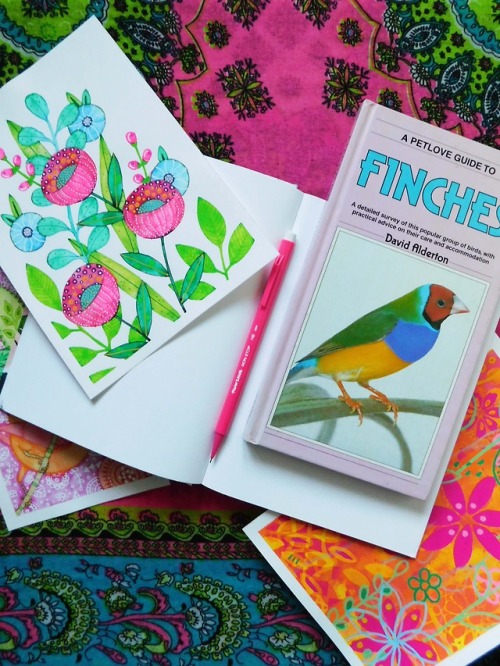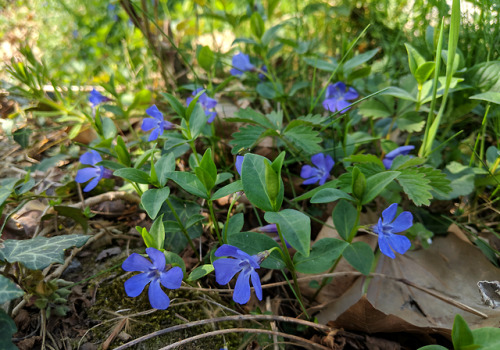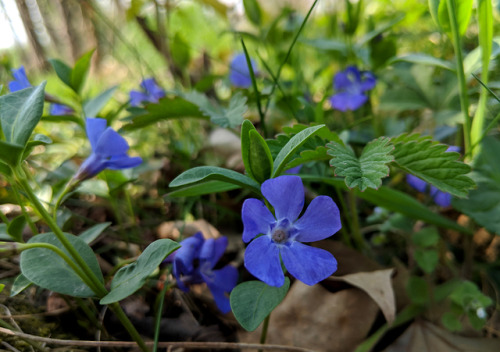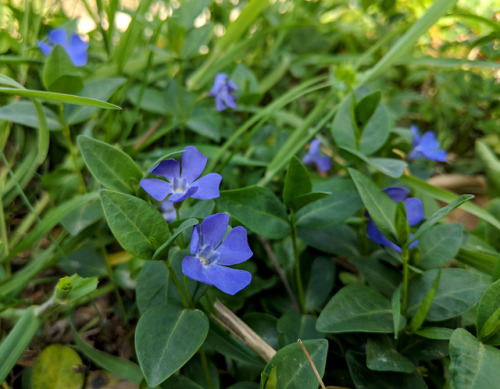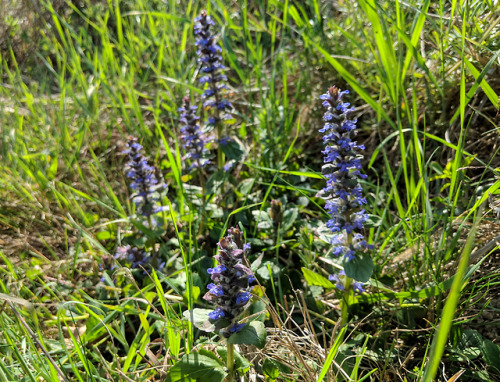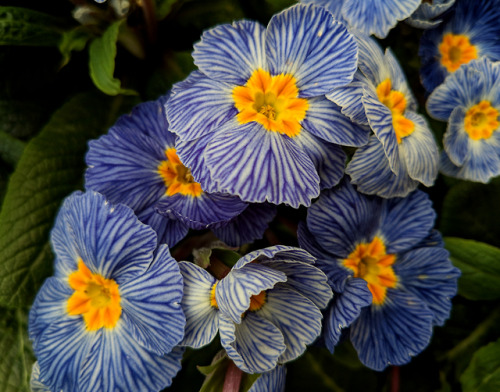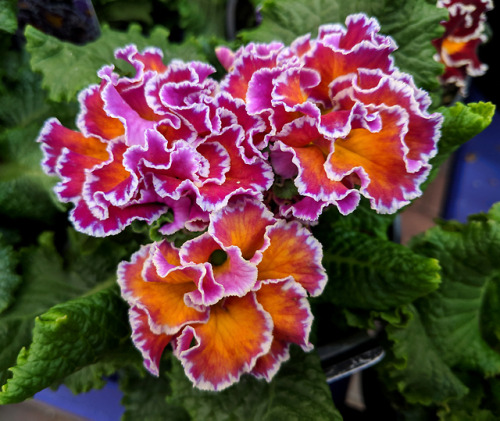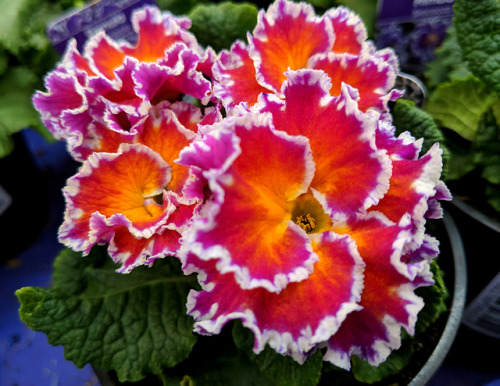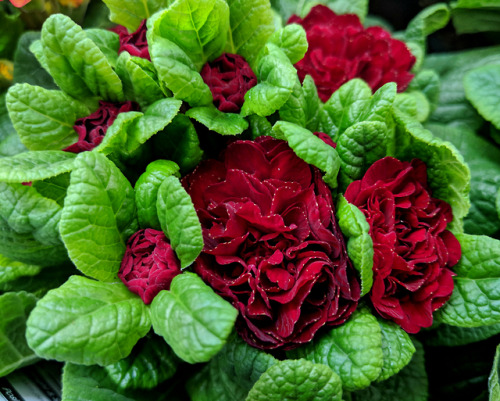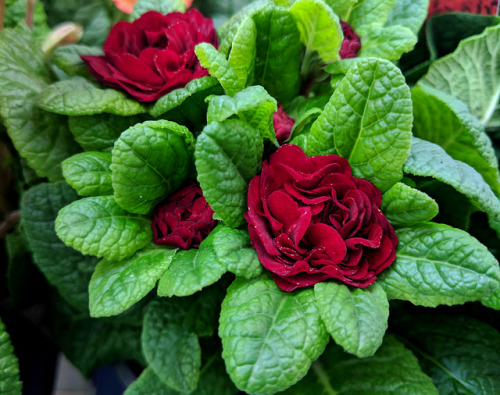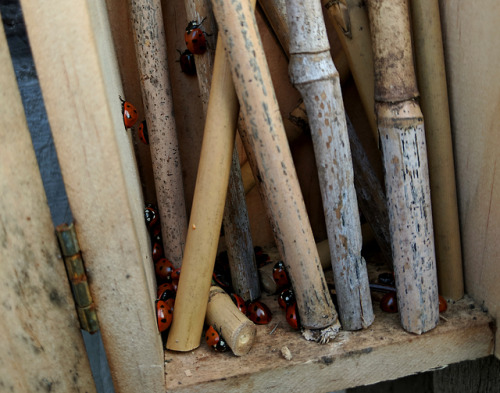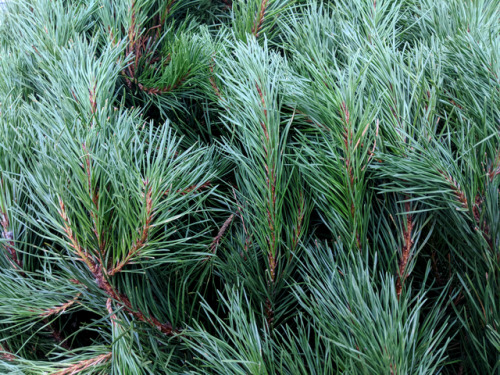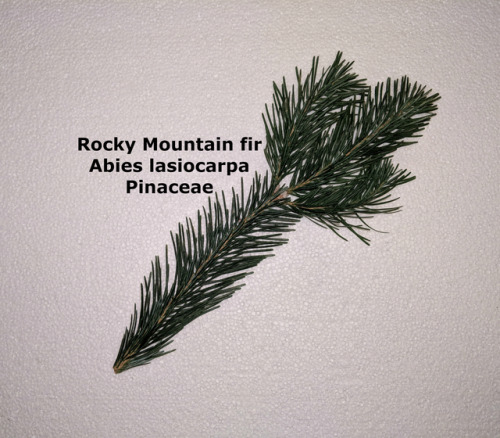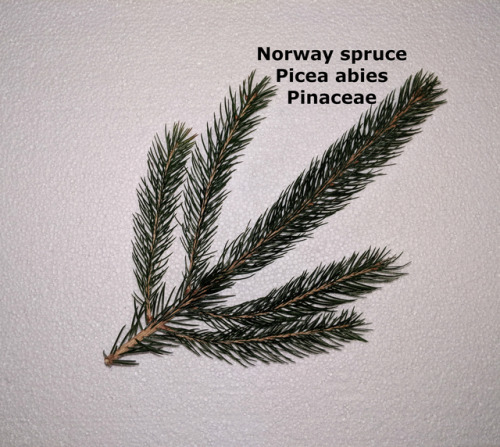#garden centre
I found some bird books this weekend at a table top sale at Bridgemere Garden Centre. My favourite book was this one about Finches. Just look at those neon feathers! A very beautiful and agile little bird. I’m brimming with ideas, so this evening will be spent in the studio with my sketchbook. xoxo
Post link
Vinca minor, Apocynaceae
Lesser periwinkle was another of the groundcover species I found in the lightly shaded dry ditch running along a row of Lombardy poplars (Populus nigra ‘Italica’) edging a field.
This creeping evergreen plant native to much of Europe and the Eastern Mediterranean region is a beauty in the spring and early summer months, with its propeller-shaped flowers in a particular shade of violet-blue -which has given the name to the periwinkle colour- poking through the dark, leathery foliage.
Although its vigorous habit and ability to thrive in most soils can make it an invasive species in the wrong place, it is a really valuable ornamental plant and numerous cultivars have been selected. Here are three currently in bloom at the garden centre where I work:

V. minor ‘Ralph Shugert’, named after the Michigan nurseryman who selected it, has large flowers and variegated foliage, with a thin creamy-yellow edge and veining. Some shoots grow completely albino.

V. minor ‘Illumination’, with foliage splashed with chartreuse-yellow, often taking the entire centre of the leaf. A good groundcover plant to brighten up a shadier corner where not much else grows well.
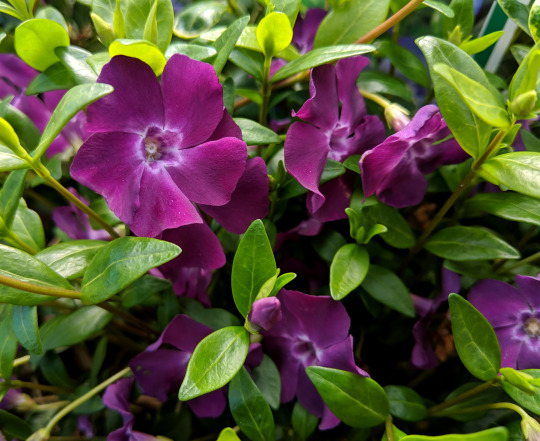
V. minor ‘Atropurpurea’, as the name suggests, produces flowers in a darker, warmer shade of purple contrasting well with the glossy green foliage.
Post link
Ajuga reptans, Lamiaceae
However common and widespread bugle might be across Europe and the British Isles, I don’t recall ever seeing it in the wild before finding three colonies on the edge of a field near my hometown in northern Italy, and I would remember because I just love its dense racemes of blue flowers. Due to its creeping habit and small leaves, it’s definitely easy to miss unless in bloom though.
It’s evergreen, forms a dense groundcover, flowers beautifully for a few months attracting wildlife and it’s extremely tolerant of full shade and moist ground, so I’ve lost count of the times I’ve invited customers to try it in difficult, dark spots where little else would thrive. Here below are a couple of common cultivars currently in bloom at the garden centre where I work:
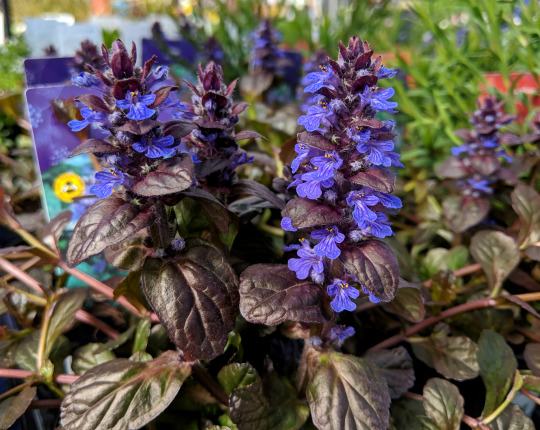
A. reptans “Braunherz” has dark, purply foliage and stems which provide amazing contrast to the flowers. Seems to do well even with prolonged, hard frost and in full sun. I have some growing at my allotment and it’s just beginning to flower.

A. reptans “Burgungy Glow” has foliage variegated in cream and pink, with dark, bluish flower stems. Not as tolerant of the extremes, as often happens with variegated varieties. The flower spikes make me think of a picture to which the “invert” filter has been applied, as if the flowers should actually be yellow and the foliage bluish-green, but I’ll never complain about a blue flower!
Post link
Unusual bedding primulas
Important prerequisite to this post: I’m not a huge fan of the fancy colours and extravagant patterns of primroses bred and selected for bedding schemes, and much prefer the humble and unassuming Primula vulgaris I sometimes find on the hills. The few you’ve seen in my allotment were all saved from the skip at work for the sole purpose of providing early foragers with some food.
BUT, certain cultivars are indeed striking in their oddity and I can’t help looking at them as interesting weirdos. Here are some I thought would be worth mentioning:
-Primula ‘Marli Candy Corn’. Simple enough you might call it elegant, it reminds me of some of my favourite roses. An outsider in this group.
-Primula ‘Zebra Blue’. Tacky, but it’s blue, white and yellow, my favourite colour combination.
-Primula ‘Sirococco Red Flame’. Even tackier. All the primulas in the Sirococco series are just as unique, but this one makes me think of a gorgeous sunset on the beach.
-Primula ‘Belarina Valentine’. A cheaper, living alternative to a bunch of red roses. Nothing less, nothing more.
Note: I do not endorse BigHort -hope I can use your term without paying royalties @plantanarchy ;)- and the objectification of plants.
Post link
Garden Centre Tales
Episode 3
customer: Hiya, could you tell me the price of your olive trees?
me: I’m sorry…we don’t sell olive trees…?
customer: oh…but you’ve got one at the front door, it’s got olives on…
me, a variety of emotions flashing on my face as the sudden realisation of what has happened takes shape: would you like to show me the plant?
*we walk over to the plant*
me:see…this is…an artificial plant…it’s plastic…
customer: oh god, it looks so real!!!
the plant, which looks nothing like a real olive tree:

How I recruited a small army of ladybugs
In my last post, a reblog from last year, I mentioned the cut conifers to be sold as Christmas trees had started arriving at the garden centre where I work, but together with the trees we also received some visitors.
As of October, ladybugs (Coccinella septempunctata) begin congregating in sheltered places to spend their winter dormancy period, a time when their mobility and activity level are strictly dependant on the temperature, and it seems a large number of them had chosen the dense, evergreen foliage of the Nordmann firs (Abies nordmanniana) to do so. Whenever I would free a tree from its net, shaking it, several ladybugs (as well as a variety of spiders) would fall to the floor, suddenly thrown out of their cosy temporary home.
I collected and placed dozens of them around the garden centre, where they will be valuable allies in my battle against aphids next year, but I also decided to relocate some of them to my allotment. I had one of those boxes sold as “butterfly houses” installed on a south-facing portion of the fence, and I thought it could serve well for the purpose of giving them shelter, so I filled it with some bamboo sticks and placed them inside to see what they would do.
They seem to find it suitable, the following day the box was still full and the majority had climbed up to rest under the roof. If all goes well, they will spend the winter there, and when they emerge they will find the place to be a good breeding site, which will also, inexorably, be filled with food for them.
Aphids, mites and all of you, soft-bodied insects, cower before my army now!
Post link
Know your festive conifers
I mentioned before that I started working in a garden centre -I’m so happy my change-of-career plans are already beginning to work!- and today it’s actually been a whole month. This first month there has been decisively marked from the very beginning by the fact Christmas is approaching: my first day happened to be when the main delivery of Christmas trees arrived, so it was entirely spent unloading hundreds of conifers, which we then freed from their nets, separated, measured and finally positioned in their pens during the following days.
Needless to say, I’ve learnt a lot about the most common Christmas trees you could find in a garden centre in the UK this time of the year. I’ve also ended up reading briefly about the tree farming industry and what it entails in the UK, rest of Europe and America with their differences. But this is not meant to be a post about a tradition which is quite new to me -decorating a real cut tree is not nearly as popular in Italy- its history or the industry it supports, so let’s get to the trees.
From top to bottom, they are ordered by their popularity as I’ve experienced it, although most of the stock was of the first two species and we only offered a few of the other three.
1. Nordmann fir Abies nordmanniana, Pinaceae
Very large tree native to the southern and eastern coast of the Black Sea. It’s considered the favourite and the best seller in the UK for two main reasons: it retains its needles, which are soft and have a notched tip, and its spaced layers of symmetrical, almost horizontal, sturdy branches are ideal to accommodate heavy or large ornaments. Especially when young and under 6ft it can look quite wide and bushy at the bottom with a sparse top and often a very long and straight leader.
2. Fraser fir Abies fraseri, Pinaceae
Medium-sized tree native to the southeastern Appalachian Mountains. Also very popular, mostly because it’s sheared in the field to retain a conical shape and this results in a slimmer bottom, ideal for small spaces, and high density of soft branches, which work better with small, light ornaments. The stem and branches seem to grow in a sinuous fashion and the tree often has more than a single central leader tip, which is generally not straight, but twisty too. Its citrus-y sent and the ability to retain its needles help making it a popular choice.
3. Lodgepole pine Pinus contorta, Pinaceae
Medium to large tree or shrub, depending on the subspecies, native to western and north-western North America. As the only Pinus in the list, it looks rather different from the other trees and decorating it can be a challenge, people seem to either love it or hate it, so we only stocked a handful of them. It tends to be quite bushy and, as the name suggests, the trunk can often be twisted. It smells like clean pine forest and is very good at holding its needles.
4. Rocky Mountain fir Abies lasiocarpa, Pinaceae
Generally medium-sized tree which shares its native area with the lodgepole pine in north-western North America. This was a novelty species at the garden centre and we only stocked a few large ones. Most people seemed to love its imposing, but airy and symmetrical structure and blue-grey hue and it’s probably my personal favourite. Its scent is aromatic and as interesting as the colour.
5. Norway spruce Picea abies, Pinaceae
Large tree native to an area spanning from the mountains of southern Europe to Siberia. Most people recognise it as the traditional, old-school Christmas tree, however it has now fallen out of fashion as the worst performing in the list when it comes to retaining its needles. For this reason we mostly stocked pot-grown trees of this species, and just a handful of small, cut ones. The short, thin needles give it a feathery look compared to the others and its structure is similar to that of the Nordmann fir.
Now, just out of curiosity, I’d love to see lists made by my counterparts in the rest of the world! Also, if you have bought a tree, what species is it?
It’s that time of the year again, the trees have started arriving, the garden centre looks like a forest and my hands smell of Fraser fir even after washing them five times, but I like that. I’m also shattered so I’ll rest a bit and will probably be back with new posts during the weekend
Post link

